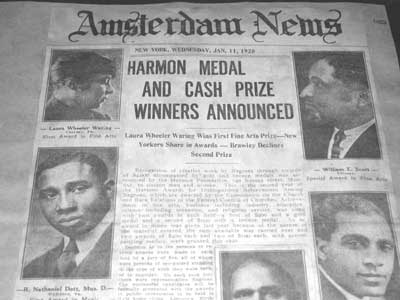To mark this year’s Black History Month, we’re taking a look at the impact and import of African-American journalism through the past century, specifically in the realm of Black-run Newspapers and their ongoing legacy in the modern landscape of journalism.
Black newspapers throughout the 19th and 20th centuries represented the first wave of media being tailored for specific audiences outside what was considered the mainstream, a trend that grew to encompass almost every minority group — and spread globally in a few scant decades. They serve as some of the few written records of African-American lives and culture spanning a period of over a century, and represent a treasure trove of historic documentation of black culture of the era.
Black-run newspapers, like Frederick Douglass’ North Star and Samuel Cornish’s Freedom’s Journal ,served simultaneously as sources of information connecting black communities around the U.S. — and beyond — and as ongoing rallying cries for the abolitionist and civil rights movements. They illustrate how powerful the media industry can be when it comes to influencing social and political change — and the media’s ability to connect communities and enable communication and organization.

As of 2002, around 200 black newspapers remained in circulation. Black-run and black-focused media has suffered, alongside most other journalism outlets, with the decline of print media. But a proliferation of news-media websites tailored to black communities took root online — and they offer valuable outlooks on the lives and culture of modern black communities on a more accessible platform than has ever before been available.
While the voice and the culture has changed and evolved with the times, the spirit of African-American journalism lives on in the digital publications of the modern age. Capable of reaching quite literally millions of people and encompassing a more diverse audience than ever before, the black newspapers of yesteryear paved the way for the digital outlets of today.
Aside from its value as a teaching point about the power of media, preserving the history of black newspapers will allow us to remind future generations of their ancestors’ impact on the world around them, with names like Frederick Douglass, Samuel Cornish, Daisy Bates, and Ida Wells serving as inspirations and role models for the the black community — and beyond.




